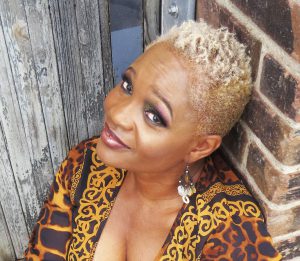Denise Williams (BSc, MA, ARCT, RMT) is a professional singer, and music educator.
Her 30+ year international performance career has put her at home on the concert, opera, and theatre stages.
Her most recent major appearances in Toronto have been as Monisha in the Nathaniel Dett Chorale’s concert performance of Treemonisha at Koerner Hall, and as an ensemble member in Mirvish’s North American premiere of The Sound of Music at the Princess of Wales Theatre.
Denise concentrates her time on performance education, and has founded No Strings Theatre with a desire to aid youth in developing their skills in music theatre as well as grow in their team skills for life. She was music director of NST’s first few years for Cinderella, Bye Bye Birdie, Seussical, Into The Woods, and Once on This Island. Denise has been a private voice teacher for over 30 years, as well as RCM examiner and national adjudicator for over 20 years. She is a certified advanced voice teacher for the RCM and is on the Voice Faculty at Sheridan College’s Musical Theatre Department.
Professional memberships include President of The Ontario Registered Music Teachers Association (ORMTA), executive of the National Association for Teachers of Singing (NATS), as well as The Canadian Actors Equity Association (CAEA). With a Masters in Community Music from Wilfrid Laurier University, Denise has participated in international symposiums, particularly addressing cross-cultural sharing of music traditions involving the African Diaspora.

